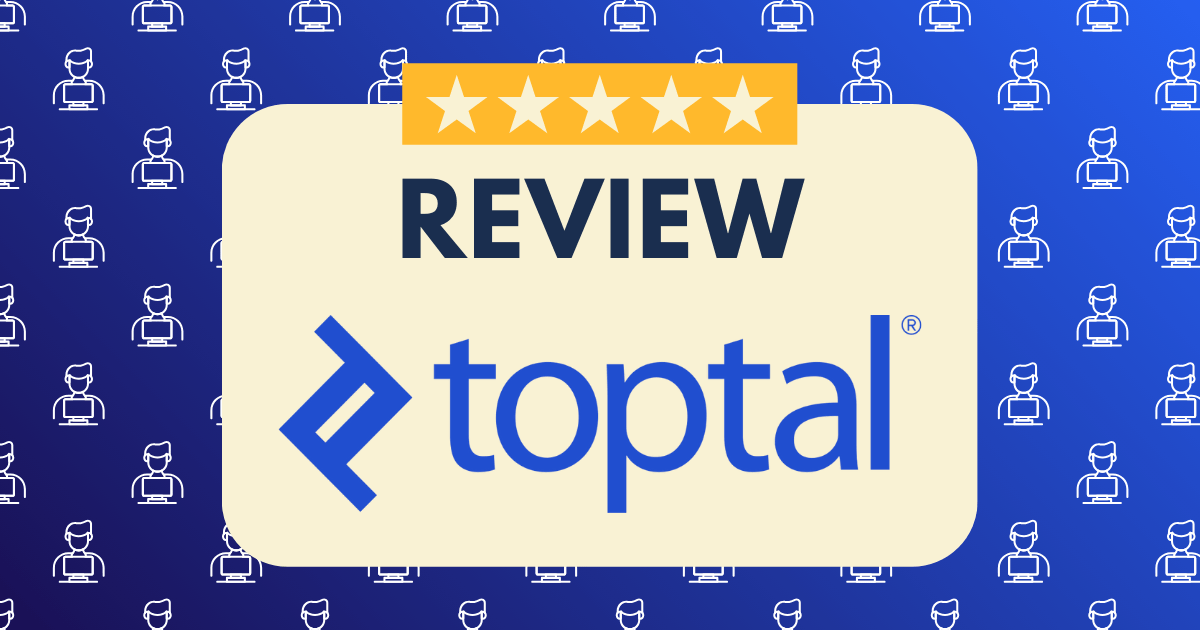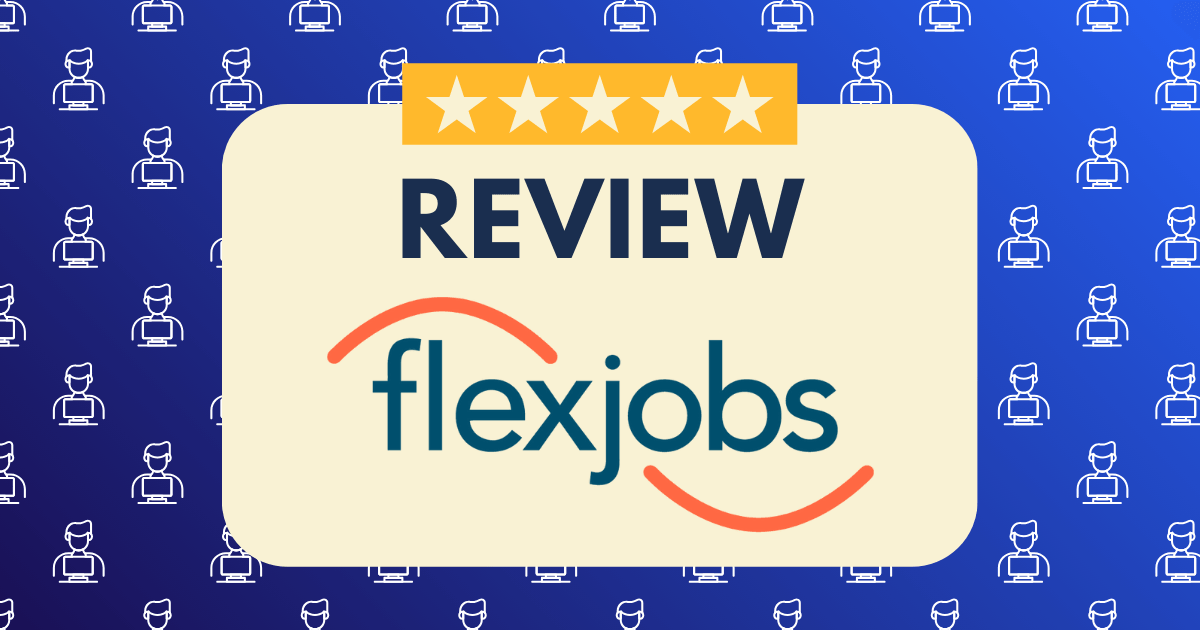The Virtual Assistant’s Toolkit: 15 Tools That Will Make You Indispensable

In the rapidly evolving landscape of remote work, virtual assistants who master the right technological tools position themselves not merely as service providers but as indispensable strategic partners. The psychological advantage of tool proficiency extends beyond efficiency—it transforms the client-assistant relationship from transactional to consultative, dramatically increasing both perceived and actual value.
This comprehensive guide examines the 15 most impactful tools that elevate virtual assistants from commodity service providers to indispensable business assets. Each tool has been selected based on its capacity to solve critical business challenges while creating psychological leverage points that strengthen client relationships.
Communication & Collaboration Tools
1. Slack: The Digital Headquarters
The psychological power of Slack extends beyond simple messaging—it establishes you as perpetually accessible without being intrusive. According to Slack’s Workplace Transformation Study, teams using Slack effectively see a 32% reduction in email volume and 23% fewer meetings.
Strategic Implementation:
- Create dedicated channels for different projects/clients
- Utilize status updates to manage availability expectations
- Master integrations with other tools in your stack
- Implement automated workflows for routine communications
Pricing: Free plan available; Standard plan starts at $7.25/month per user
2. Zoom: Beyond Basic Video Calls
While most VAs use Zoom for basic calls, mastering its advanced features creates significant differentiation. Research from Stanford Virtual Human Interaction Lab demonstrates that visual communication significantly increases trust in remote relationships.
Advanced Features to Master:
- Breakout rooms for facilitating client workshops
- Scheduling privileges to manage client calendars
- Cloud recording and automated transcription
- Webinar functionality for client-facing events
Pricing: Free plan available; Pro plan starts at $15.99/month
3. Loom: Asynchronous Video Communication
Loom transforms how instructions are delivered and received, reducing miscommunication by 64% according to their internal studies. The psychological impact of seeing your face and screen simultaneously creates stronger connection than text-based instructions.
Strategic Applications:
- Create visual SOPs for recurring tasks
- Provide status updates with screen recordings
- Deliver training materials for client teams
- Explain complex data or reports visually
Pricing: Free plan (25 videos); Business plan at $12.50/month per creator
Project & Task Management
4. ClickUp: The All-in-One Productivity Platform
ClickUp’s psychological advantage lies in its versatility—it adapts to virtually any workflow while maintaining visibility across projects. According to productivity research, workers spend 28% of their workweek managing email and nearly 20% searching for internal information.
Key Features to Leverage:
- Custom status workflows for different client processes
- Automations for routine task management
- Docs for collaborative knowledge management
- Time tracking integrated with task management
Pricing: Free forever plan; Unlimited plan at $7/month per user
5. Trello: Visual Workflow Management
Trello’s psychological impact stems from its visual nature—it transforms abstract workflows into tangible, manageable units. Research on visual processing confirms that humans process visual information 60,000 times faster than text.
Power-User Strategies:
- Implement Butler automations for recurring tasks
- Use custom fields to track additional information
- Create board templates for repeatable processes
- Utilize Power-Ups for extended functionality
Pricing: Free plan available; Standard plan at $6/month per user
6. Notion: Unified Workspace
Notion eliminates the psychological friction of context-switching by combining documents, databases, and project management in one platform. Harvard Business Review research suggests that context switching can reduce productivity by up to 40%.
Strategic Implementation:
- Create client dashboards with relevant metrics
- Develop knowledge bases for client processes
- Design project trackers with linked databases
- Build customized CRM systems
Pricing: Free personal plan; Team plan at $10/month per user
Time Management & Productivity
7. Toggl Track: Precision Time Tracking
The psychological impact of Toggl extends beyond simple time tracking—it creates accountability and transparency that builds trust. According to productivity research, the average employee is truly productive for only 2 hours and 53 minutes per day.
Advanced Usage:
- Create detailed reports for client billing
- Analyze time allocation across projects
- Set billable rates for different activities
- Use the Pomodoro timer for focused work
Pricing: Free plan available; Starter plan at $10/month per user
8. RescueTime: Productivity Intelligence
RescueTime provides psychological leverage by transforming vague productivity goals into concrete metrics. Studies on goal setting and feedback show that specific, measurable objectives improve performance by 12-15%.
Strategic Applications:
- Identify productivity patterns and optimize schedules
- Set focus time blocks for deep work
- Track digital distraction patterns
- Generate productivity reports for self-assessment
Pricing: Lite version free; Premium at $12/month
9. Calendly: Intelligent Scheduling
The psychological benefit of Calendly is the elimination of scheduling friction—it transforms availability management from a burden to an asset. Research on decision fatigue indicates that reducing minor decisions preserves cognitive resources for higher-value tasks.
Power-User Features:
- Create different meeting types with custom durations
- Set buffer times between appointments
- Implement round-robin scheduling for team availability
- Use workflows for pre-meeting questionnaires
Pricing: Basic plan free; Professional plan at $12/month
Financial Management
10. FreshBooks: Streamlined Accounting
FreshBooks transforms financial management from a dreaded task to a strategic advantage. According to small business studies, entrepreneurs spend an average of 20 hours per month on financial administration.
Strategic Implementation:
- Create professional branded invoices
- Set up recurring billing for retainer clients
- Track expenses with receipt capture
- Generate financial reports for tax preparation
Pricing: Lite plan at $15/month; Plus plan at $30/month
11. Wave: Free Financial Management
Wave’s psychological advantage lies in its accessibility—it eliminates the financial barrier to professional accounting. For early-stage VAs, this removes a significant psychological hurdle to business formalization.
Key Features:
- Unlimited income and expense tracking
- Customizable invoice templates
- Receipt scanning via mobile app
- Double-entry accounting system
Pricing: Free for accounting, invoicing, and receipts; payment processing at 2.9% + $0.60 per transaction
Content Creation & Design
12. Canva: Professional Design Made Simple
Canva’s psychological impact stems from its democratization of design—it transforms VAs without design backgrounds into capable visual communicators. According to visual processing research, content with relevant images receives 94% more views than content without.
Strategic Applications:
- Create consistent client social media graphics
- Design professional presentations
- Develop branded templates for recurring content
- Produce marketing materials and lead magnets
Pricing: Free plan available; Pro plan at $12.99/month per user
13. Grammarly: Communication Excellence
Grammarly’s psychological advantage extends beyond error correction—it establishes you as a meticulous professional whose communication reflects attention to detail. Studies on written communication show that grammatical errors significantly reduce perceived credibility.
Advanced Features:
- Tone detection for appropriate client communication
- Plagiarism checking for original content
- Style guide implementation for consistent brand voice
- Performance analytics for writing improvement
Pricing: Basic version free; Premium at $12/month
Security & Access Management
14. LastPass: Secure Credential Management
LastPass addresses a critical psychological need—security without friction. According to cybersecurity research, 81% of hacking-related breaches leverage weak or stolen passwords.
Strategic Implementation:
- Create shared folders for client credentials
- Generate strong, unique passwords for all accounts
- Securely share access without revealing actual passwords
- Implement emergency access protocols
Pricing: Free basic version; Premium at $3/month
15. 1Password: Enterprise-Grade Password Security
For VAs handling sensitive client information, 1Password provides psychological reassurance through military-grade encryption and advanced features. IBM’s Cost of a Data Breach Report indicates that the average cost of a data breach has reached $4.24 million.
Advanced Security Features:
- Travel Mode to protect sensitive data while traveling
- Watchtower for monitoring compromised websites
- Two-factor authentication integration
- Secure document storage
Pricing: Personal plan at $2.99/month; Business plan at $7.99/user/month
The Integration Advantage: Creating Your System
The true power of these tools emerges not from their individual capabilities but from their strategic integration. Research on workflow optimization demonstrates that streamlined systems can reduce task completion time by up to 38%.
Consider these integration strategies:
- Slack + Trello: Use Slack’s Trello integration to create cards directly from messages
- Toggl + FreshBooks: Sync time tracking directly to invoices
- Calendly + Zoom: Automatically create meeting links for scheduled appointments
- ClickUp + Loom: Embed video instructions directly in task descriptions
Implementation Strategy: The 30-Day Mastery Plan
Psychological research on habit formation suggests that new behaviors require approximately 66 days to become automatic. However, the first 30 days are critical for establishing the foundation.
Follow this implementation timeline:
Days 1-10: Foundation Building
- Select 3-5 core tools based on immediate client needs
- Complete basic setup and configuration
- Master fundamental features through tutorials
Days 11-20: Integration & Workflow Development
- Connect tools through available integrations
- Develop standard operating procedures
- Create templates for recurring processes
Days 21-30: Advanced Feature Mastery
- Explore automation capabilities
- Implement advanced features
- Develop client onboarding materials showcasing your tech stack
The Psychological Edge: From Service Provider to Strategic Partner
The mastery of these tools creates a profound psychological shift in how clients perceive your value. According to research on expertise perception, demonstrated technical proficiency significantly increases perceived authority and trustworthiness.
By implementing this toolkit effectively, you transition from:
- Task-taker to problem-solver
- Hourly worker to strategic asset
- Replaceable resource to indispensable partner
This transformation is reflected not just in client satisfaction but in tangible business outcomes:
- Higher retention rates
- Increased referrals
- Premium pricing opportunities
- Expanded scope of services
Conclusion: The Compound Effect of Tool Mastery
The compound effect of mastering these 15 tools extends beyond immediate productivity gains—it fundamentally transforms your market position and earning potential. As the virtual assistant landscape becomes increasingly competitive, technological proficiency represents the critical differentiator between commodity service providers and premium strategic partners.
Your investment in tool mastery today creates exponential returns through enhanced client outcomes, operational efficiency, and professional reputation. The question is not whether you can afford to invest in these tools, but whether you can afford not to.







